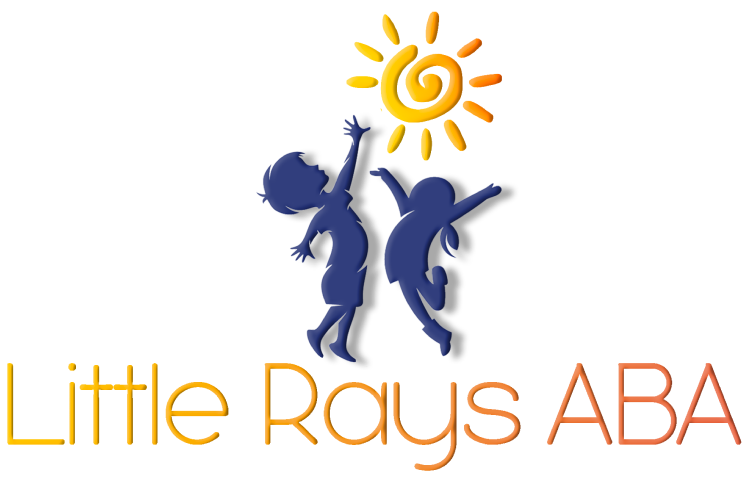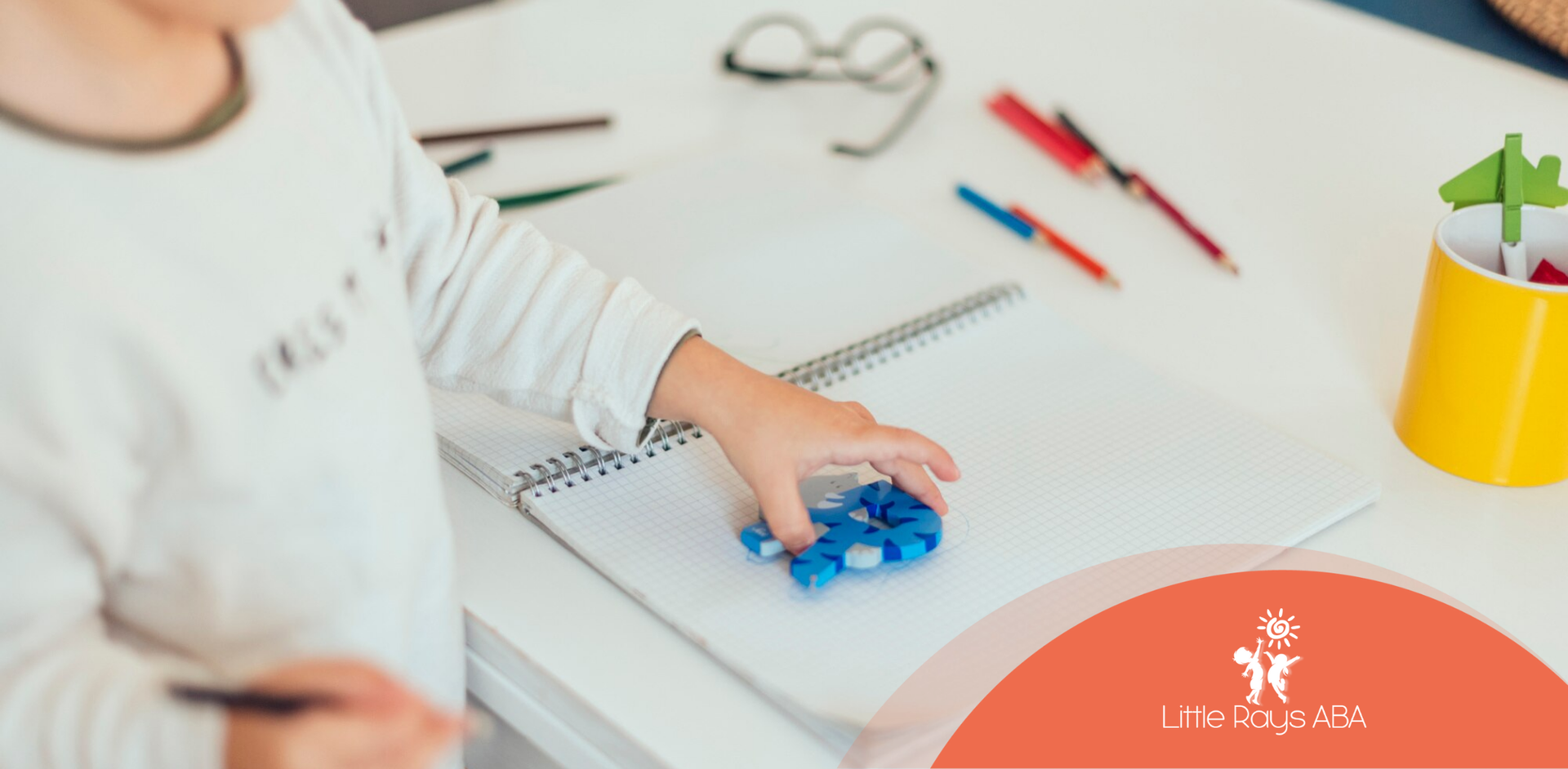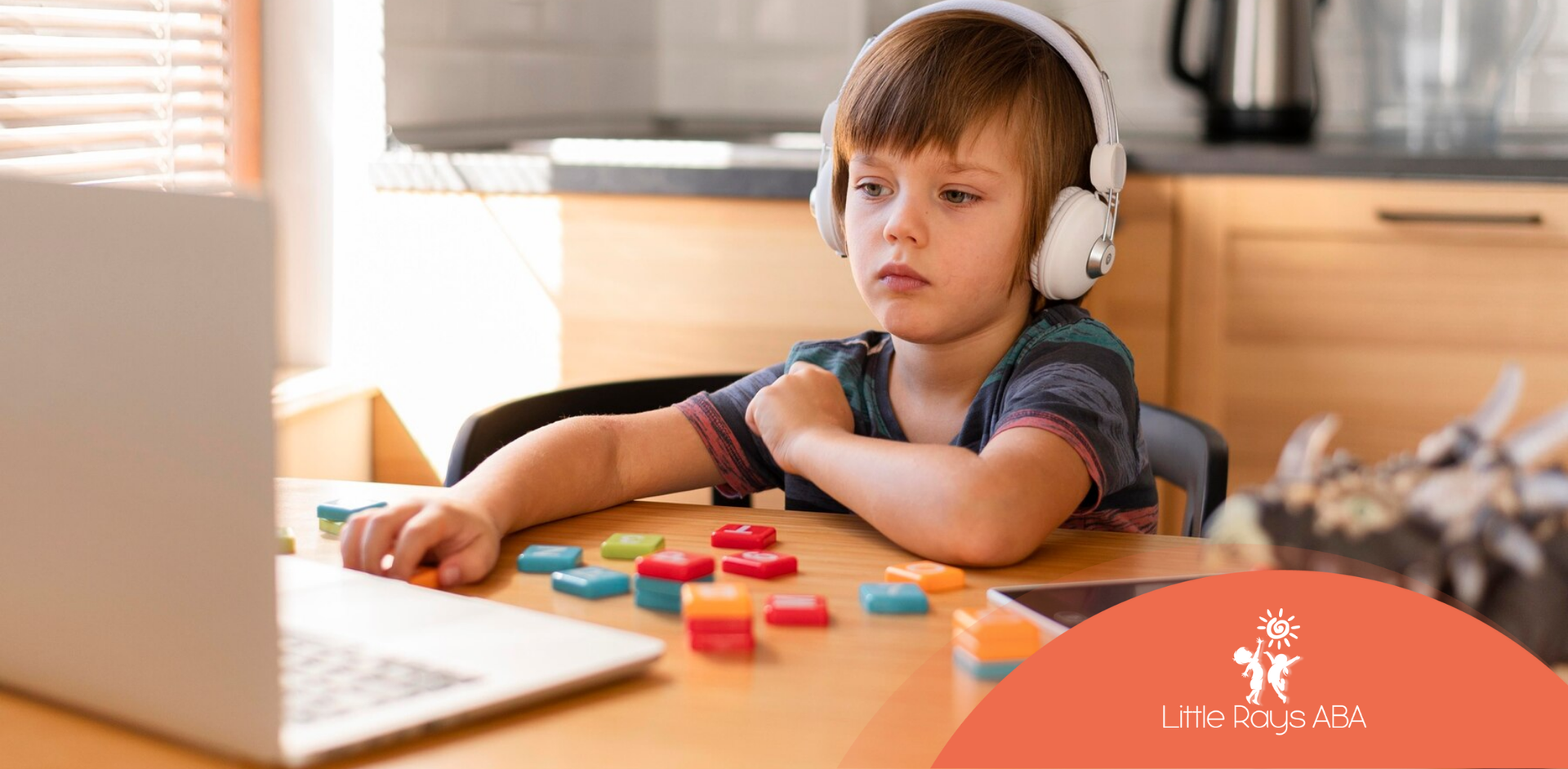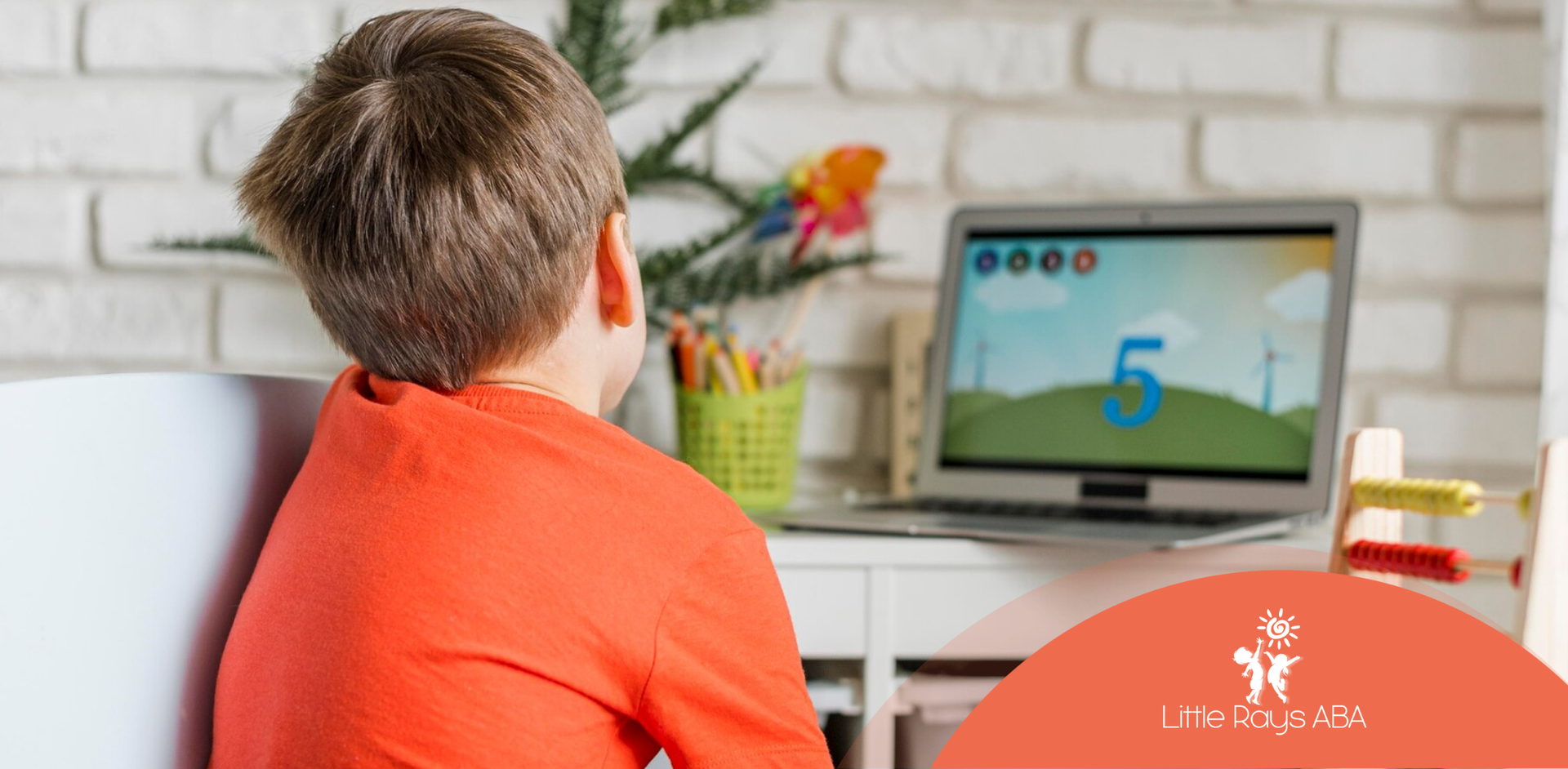Choosing the Best Pet for Autistic Children
For many autistic children, having a pet can be life-changing. Animals offer unconditional love, companionship, and comfort, helping children feel safe and supported. Pets can also provide sensory benefits, social development, and emotional regulation, making them valuable companions for children on the autism spectrum.
But how do you choose the best pet for an autistic child? Not every pet is a perfect fit for every child, so it's essential to consider the child’s sensory preferences, comfort levels, and needs before making a decision.
This guide explores the benefits of pets for autistic children, the best pet options, and how to introduce a pet into your child’s life successfully.
How Pets Benefit Autistic Children
Many autistic children form deep bonds with animals, finding them easier to connect with than people. Pets can provide numerous benefits, including:
1. Emotional Support and Stress Reduction
Pets offer unconditional love and comfort, which can help children feel secure and calm. Studies have shown that interacting with animals can reduce anxiety, lower stress levels, and improve mood in autistic individuals.
2. Encouraging Social Skills
For children who struggle with social interactions, pets can be nonjudgmental companions that help them develop communication skills. Talking to a pet, giving commands, or simply spending time with them can improve verbal and nonverbal communication.
3. Providing Sensory Regulation
Many autistic children have sensory sensitivities, and pets can help regulate their sensory needs. Soft fur, rhythmic purring, or the gentle weight of a dog lying next to them can provide soothing sensory input.
4. Teaching Responsibility and Routine
Caring for a pet encourages structure and routine, which many autistic children thrive on. Daily tasks such as feeding, grooming, and walking a pet help children learn responsibility and improve their ability to follow schedules.
5. Reducing Meltdowns and Anxiety
Some pets, like therapy dogs, are trained to help calm a child during meltdowns or moments of distress. The presence of a pet can offer a familiar, grounding presence that eases emotional overload.
Best Pets for Autistic Children
1. Dogs
Best for: Children who need emotional support, companionship, and sensory regulation.
Dogs are one of the most popular choices for autistic children because they are loyal, affectionate, and trainable. Certain breeds, like Labrador Retrievers, Golden Retrievers, and Poodles, are known for their gentle nature and patience.
Many autistic children benefit from therapy or service dogs, which can be trained to:
- Provide deep pressure therapy (helping calm a child)
- Interrupt self-injurious behaviors
- Assist with routines and transitions
- Offer emotional support in stressful situations
Considerations:
- Dogs require daily care, including feeding, walking, and training.
- Some children may be sensitive to barking or fur texture.
2. Cats
Best for: Children who enjoy calm, independent animals.
Cats can be great pets for autistic children who prefer a quieter, low-maintenance companion. Their soft fur and rhythmic purring provide comfort and sensory relief. Many autistic children find a cat’s predictable behavior and routine comforting.
Considerations:
- Some children may struggle with a cat’s unpredictable movements or scratching.
- Not all cats are social—some may prefer solitude.
3. Guinea Pigs
Best for: Children who prefer small, easy-to-care-for pets.
Guinea pigs are gentle, social, and affectionate, making them ideal for autistic children who want a low-maintenance yet interactive pet. They respond well to gentle touch and handling, helping children develop fine motor skills and responsibility.
Considerations:
- They need a clean, well-maintained cage and fresh food daily.
- They are social animals and do best in pairs.
4. Rabbits
Best for: Children who enjoy soft, cuddly pets with a calm demeanor.
Rabbits are quiet, affectionate, and enjoy gentle petting, which can be soothing for autistic children. Some children find comfort in brushing and feeding their rabbit, which encourages responsibility and routine.
Considerations:
- Rabbits require a clean living space and regular grooming.
- They can be shy and need gentle, patient interactions.
5. Fish
Best for: Children who find visual stimulation calming.
Watching fish swim in an aquarium can be incredibly soothing and mesmerizing for autistic children. The repetitive motion of swimming fish provides a gentle sensory experience, which can help children relax and self-regulate.
Considerations:
- Fish tanks require regular cleaning and maintenance.
- Fish cannot provide physical affection or interaction.
6. Turtles
Best for: Children who need a low-energy, low-maintenance pet.
Turtles are quiet, slow-moving, and require little direct interaction, making them a great choice for children who prefer observing rather than handling pets.
Considerations:
- Turtles need proper tank setup and maintenance.
- They are not as interactive as other pets.
How to Choose the Right Pet for an Autistic Child
When selecting a pet, consider the child's:
- Sensory preferences: Does the child like soft, furry animals, or do they prefer visual stimulation?
- Activity level: Would the child benefit from an energetic dog or a calm fish?
- Social engagement: Does the child want an interactive pet or one they can observe?
- Allergies: Check for pet-related allergies before committing.
Tips for a Smooth Introduction
- Prepare your child: Show pictures or videos of the pet before bringing it home.
- Start with short interactions: Let the child interact with the pet at their own pace.
- Establish a routine: Having set times for feeding, play, and care helps build comfort.
- Provide a safe space: Ensure the pet has a quiet area where they can retreat.
The Role of ABA Therapy in Pet-Assisted Development
While pets can provide natural support, ABA therapy (Applied Behavior Analysis) can enhance the benefits of pet interactions. ABA therapy can:
- Teach structured pet care routines
- Reinforce positive interactions with pets
- Help children develop communication and social skills
- Support sensory regulation through guided animal-assisted activities
Conclusion
Pets can be wonderful companions for autistic children, offering emotional support, sensory benefits, and social skill development. By choosing the right pet and introducing it gradually, families can create a rewarding and comforting bond between their child and their new furry (or scaly) friend.
At Little Rays ABA, we support families in finding effective strategies to enhance a child’s development—whether through ABA therapy or pet-assisted interactions. Contact us today to learn how we can help your child thrive and grow!
Frequently Asked Questions
What is the best pet for a nonverbal autistic child?
Dogs, cats, and guinea pigs are great options. Dogs can be trained as service animals, while guinea pigs and cats provide comfort without requiring verbal communication.
Can pets help with meltdowns?
Yes! Many pets, especially dogs, provide deep pressure therapy and emotional support, which can help autistic children calm down during meltdowns.
What if my child is afraid of animals?
Start with low-expectation exposure—watching animal videos, visiting a petting zoo, or spending time around calm animals. Let the child take their time building comfort.
Sources:
- https://pmc.ncbi.nlm.nih.gov/articles/PMC8907032/
- https://educationonline.ku.edu/community/social-difficulties-in-autism-spectrum-disorder
- https://www.autismspeaks.org/sensory-issues
- https://www.autismparentingmagazine.com/autism-routine-importance/
- https://www.autism.org.uk/advice-and-guidance/topics/behaviour/meltdowns/all-audiences
Unlock Your Child's Potential with Expert ABA Therapy!
At Little Rays ABA, we provide compassionate, evidence-based ABA therapy to help children with autism thrive. Our personalized approach fosters growth in communication, social skills, and independence.
Get In Touch With Us Today to Get Started With ABA Therapy!
Related Posts
MENU
GET IN TOUCH
7117 San Salvador Dr Boca Raton, FL 33433
3200 Collins Ave Miami Beach, FL 33140





